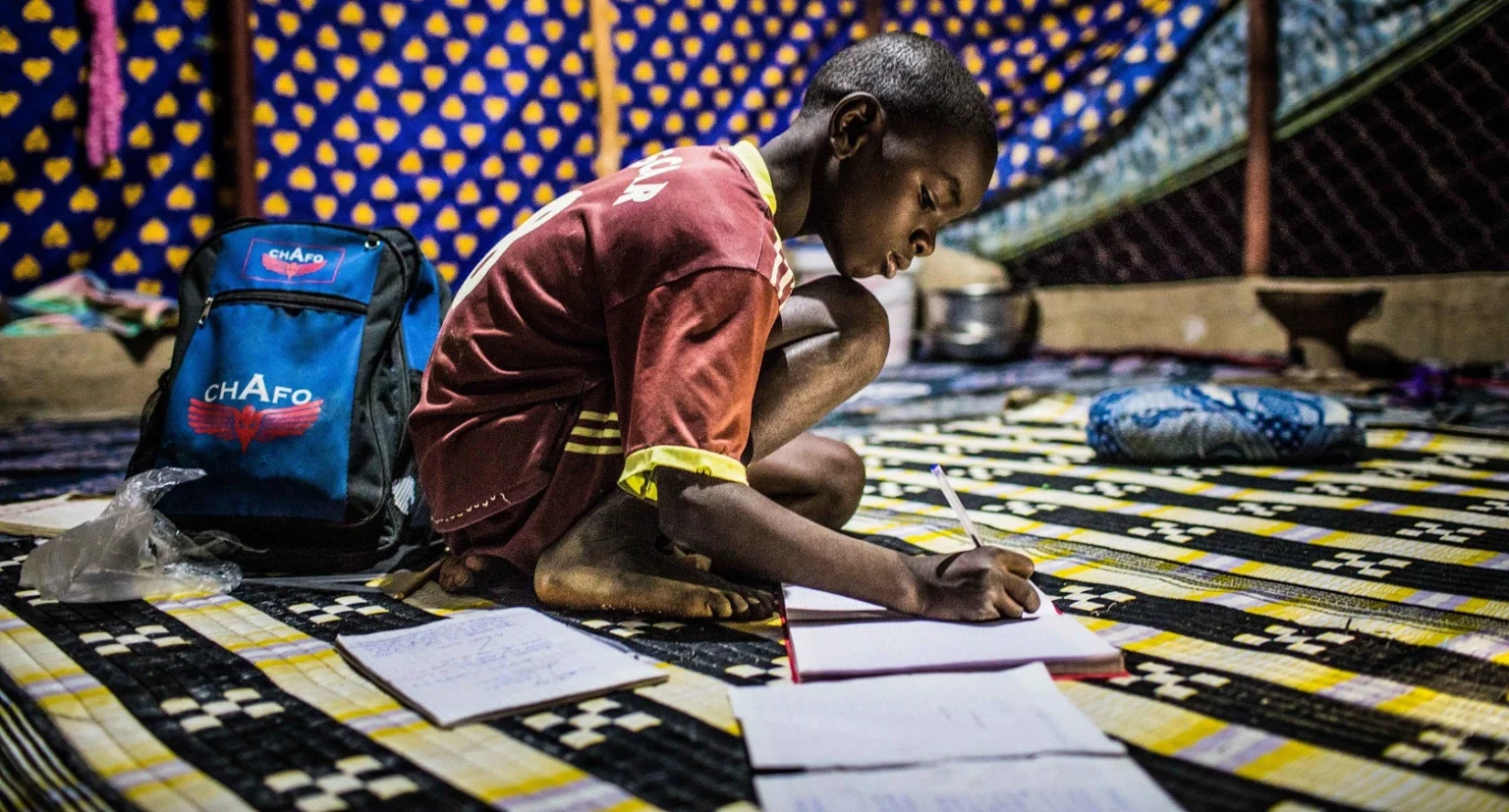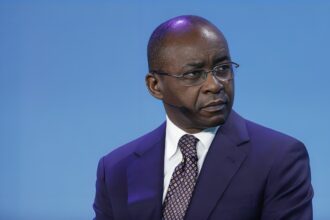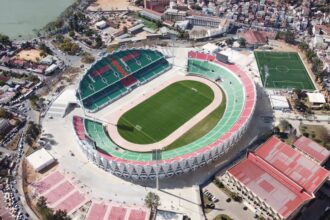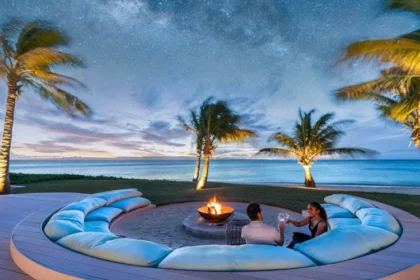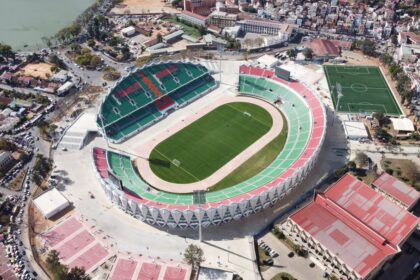At a Glance
- Algeria, Egypt, Morocco, and Tunisia achieve full electricity access, highlighting Africa’s energy divide.
- World Bank data shows uneven access across Africa, with millions in sub-Saharan nations still powerless.
- Closing Africa’s electricity gap demands billions in investment, grid expansion, and renewable energy solutions.
Algeria, Egypt, Morocco, and Tunisia have become the latest African nations to reach universal electricity access, joining the island states of Mauritius and Seychelles, according to new data from the World Bank.
Together, they now form the continent’s small “100 percent Club,” where every citizen is connected to some form of power supply.
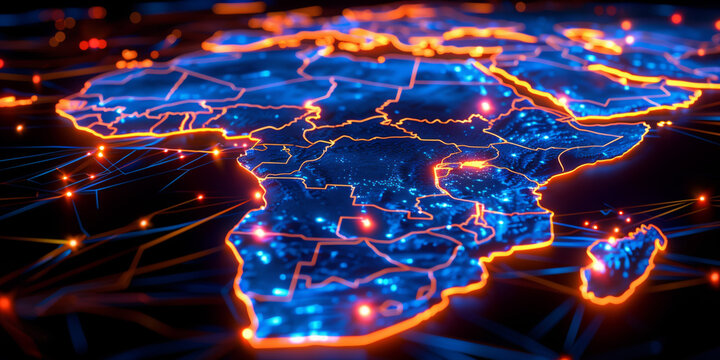
How Africa’s power story began
The achievement is a milestone, but it also highlights Africa’s uneven energy landscape. While North Africa and the islands have managed to extend power to all households, hundreds of millions of people across sub-Saharan Africa remain in the dark.
In Nigeria, the continent’s most populous nation, just 61 percent of the population has access, leaving more than 80 million people without electricity.
Africa’s relationship with electricity goes back more than a century. Kimberley, South Africa’s mining hub, lit its streets in 1882, making it one of the first towns in the Southern Hemisphere to do so.

Lagos introduced power at its Government House in 1896, while Ethiopia’s Emperor Yohannes IV used a diesel generator to light his palace in the 1880s.
Despite these early starts, access has remained patchy, shaped by gaps in infrastructure, uneven investment and political instability.
Behind the access numbers
Even in countries with full access, electricity is not always reliable or affordable. Outages are frequent, tariffs remain high, and rural communities often face weaker service.
The World Bank defines access as having a power source — from a national grid, mini-grid, or solar system — but the measure does not account for quality or cost.
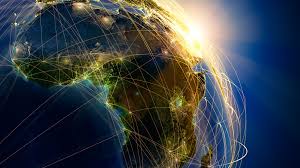
The cost of catching up
Closing the gap, will require enormous resources. The International Energy Agency estimates that Africa needs hundreds of billions of dollars in annual investment to meet both universal access and climate goals.
Development lenders, including the World Bank and the African Development Bank, have launched programs such as Mission 300, which targets 300 million new connections by 2030. Off-grid solar and mini-grids are expected to serve rural areas, while urban centers will depend on grid expansion.

The challenge ahead
The road ahead is about more than numbers. It is about whether power is steady, affordable and available to every household.
Without stronger governance, steady financing and solutions adapted to local needs, much of Africa risks being left behind — creating a continent where North Africa enjoys reliable power while vast stretches of sub-Saharan Africa remain in darkness.

